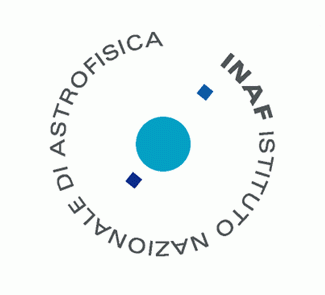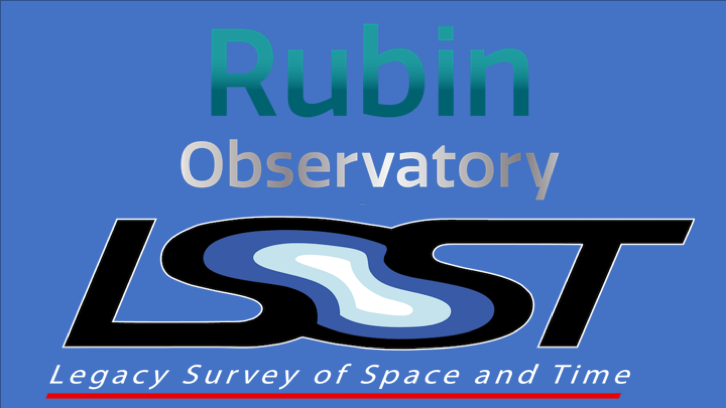Scientific Objectives
Our main scientic activities are:
1) Start a solid multi-messenger approach to study the GW sources with the aim of shedding light on compact object formation and evolution on statistical basis and exploit the direct availability of full LSST data to select specific EM counterparts of GW detections for spectroscopic multi-wavelength campaigns with optical facilities (LBT, VLT, SRT, E-ELT, etc). This will lead to new fundamental steps on several science goals like final source identification, nature of GW events, host galaxy properties and source physics.
2) Take advantage of the LSST capabilities in order to provide the key low energy counterparts to the gamma-ray emission from the most extreme phenomena in both Galactic and extragalactic sources, bringing crucial information about their environment and physical mechanisms. AGILE and Fermi have provided a wealth of data for several classes of sources, but the simultaneous optical data are only rarely available, due to the late follow-up observations and the difficulty to match the wide sky coverage currently available in gamma-rays. LSST, operating in the timeframe of present or future gamma-ray missions, will allow us to overcome these issues for a variety of classes of sources, including: Galactic transients and binaries; blazars (optical ares and long-term monitoring); GRBs; GW source counterparts; exotic transients (TDE).
3) In the framework of the Memorandum of Understanding (MoU) signed between INAF and LIGO and Virgo Collaboration (hereinafter LVC) started on 2014, the proposers are already operative in organizing and coordinating follow-up observational campaigns of GW sources using the following ground- and space-based telescopes through existing collaborations and agreements, in the context of a large international consortium. During the second observational GRAWITA had an very important role with the spectacular detection of the first EM counterpart of a GW event originated by the coalescence of a binary neutron star system (GW 170817) (Abbott et al. 2017) which marked the dawn of a new era for multimessenger and time-domain astronomy. A world-wide extensive observing campaign was carried out to follow-up and study this source, with the forefront participation of our team (GRAWITA) and international collaborators. Our unique optical and near-infrared dataset provided the first compelling observational evidence for the existence of “kilonovae”, transient sources powered by radioactive decay of heavy elements resulting from the r-process nucleosynthesis of ejected neutron star matter (Pian et al. 2017; Tanvir et al. 2017).
The following facilities have been used during the first observational runs of LVC and are planned to be used in the future during the LSST era: in the visible frequency range VST, VLT inside the ENGRAVE collaboration, REM at ESO, LBT, TNG, NOT, NTE@NOT, SOXS@NTT and national telescopes as the 1.82m in Asiago, 1.52m in Loiano, 0.9m in Campo Imperatore, plus collaborations with HST observatory, and in the Near-IR with VISTA; 64mt SRT in Cagliari and 2x32m radio telescopes in Medicina and Noto, the 6x22m antennas of the ATCA radio telescope in Australia at radio frequencies. In the high-energy domain, we work with space-based observatories AGILE, INTEGRAL, Fermi, Swift, XMM-Newton and Chandra and ground-based facilities as MAGIC. Collaborations with future telescopes as the Cerenkov telescopes ASTRI and CTA, the radio array SKA and the optical/IR telescope E-ELT are planned in the future. All these facilities could work in synergy with LSST to characterize the GW sources.
Members
Principal Investigator:
Silvia Piranomonte, INAF-Osservatorio Astronomico di Roma
Co-Investigator:
Enzo Brocato INAF-Osservatorio Astronomico di Roma
Marco Tavani INAF-Istituto di Astrofisica e Planetologia Spaziale di Roma
Marco Feroci INAF-Istituto di Astrofisica e Planetologia Spaziale di Roma
LSST young researchers:
Enzo Brocato INAF-Osservatorio Astronomico di Roma
Guillermo Rodriguez INAF-Osservatorio Astronomico di Roma
Alessandro Ursi INAF-Osservatorio Astronomico di Roma
Other INAF participants:
Giulia Stratta INAF-Osservatorio di Astrofisica e Scienza dello Spazio di Bologna/Università di Urbino
Giovanni Piano INAF-Istituto di Astrofisica e Planetologia Spaziale di Roma
I. Donnarumma INAF-Istituto di Astrofisica e Planetologia Spaziale di Roma
G. Greco Università di Urbino
L. Limatola INAF-Osservatorio Astronomico di Capodimonte
A. Melandri INAF-Osservatorio Astrofisico di Brera
A. Rossi INAF-Osservatorio di Astrofisica e Scienza dello Spazio di Bologna
LSST Affiliation
Transients/variable stars science collaboration
Activity Report

